 |
Craig White's Literature Courses Historical Backgrounds Neo-Classical or Enlightenment Architecture (period and style) a.k.a. "Greek Revival" (compare Baroque & Romantic architecture) |
 digital recreation of original Parthenon, 5c Greece |
As with many values and practices of the Enlightenment, architecture of the late 1600s, 1700s and beyond imitated models from classical Greece and Rome--therefor the descriptive terms "Neo-Classical" and "Greek Revival," with many variations.
The rigorous simplicity of this architectural movement reacted against overly decorative-to-decadent features of Baroque and Rococo architecture but also extended some classicizing qualities of the Baroque such as symmetry, balance, or counterpoint.
In general, though, Neo-Classical architecture differs from Baroque by its comparative starkness, diminished interplay of light and shadow, and isolation of individual features or ornaments in frames or corners.
Neo-Classical architecture often has a heavier feel than the ascending lightness of the Baroque, giving it a sense of gravity or power.
Neo-Classical architecture associated with early United States and France after its Revolution, both of which saw classical architecture as embodying the spirit of Athenian democracy and the Roman republic.
![]()
Classical Greek & Roman Architecture
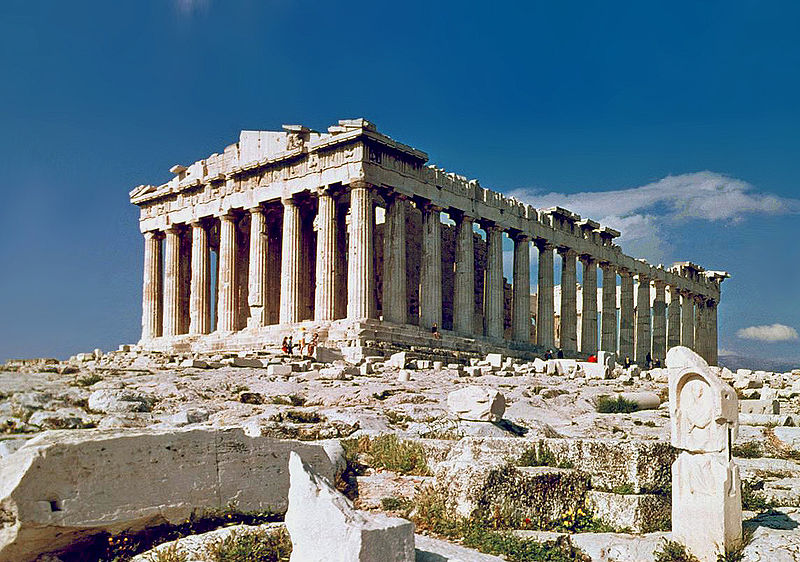
The Parthenon (447-38 BCE), Athens Greece
![]()
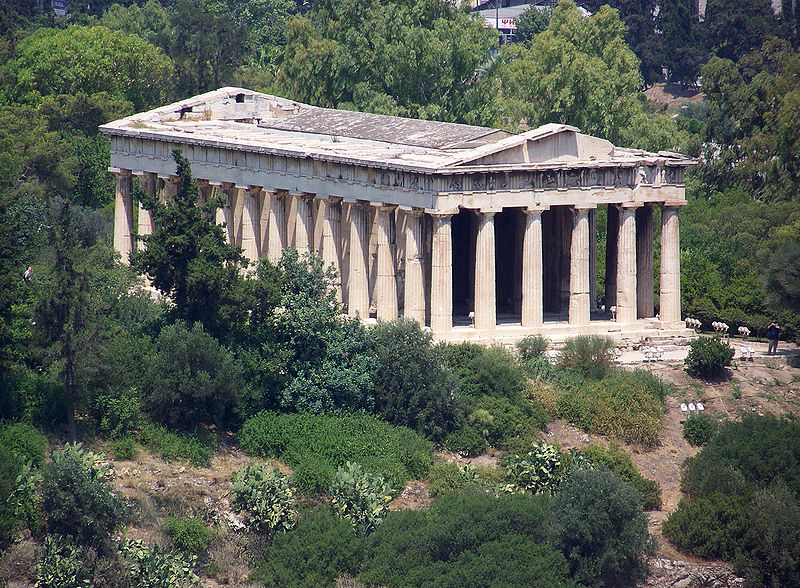
Temple of Hephaestos (449-44 BCE), Athens
![]()
Maison Carree, Nimes, France (16 BCE)
(Roman temple rededicated to
Christianity 4c CE)
![]()
Neo-Classical or Greek Revival Architecture
in Europe
(late 1600s-1700s +)
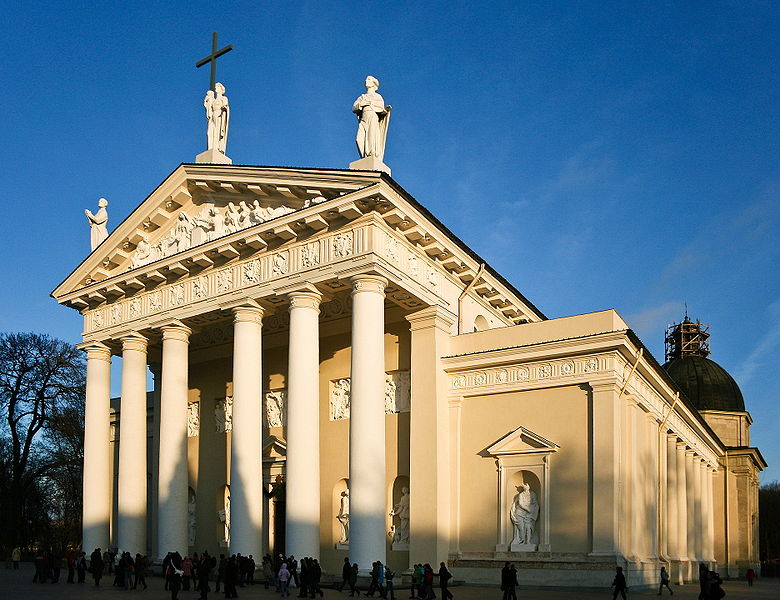
Gucevicius, Vilnius Cathedral, Lithuania (1783-89)
![]()
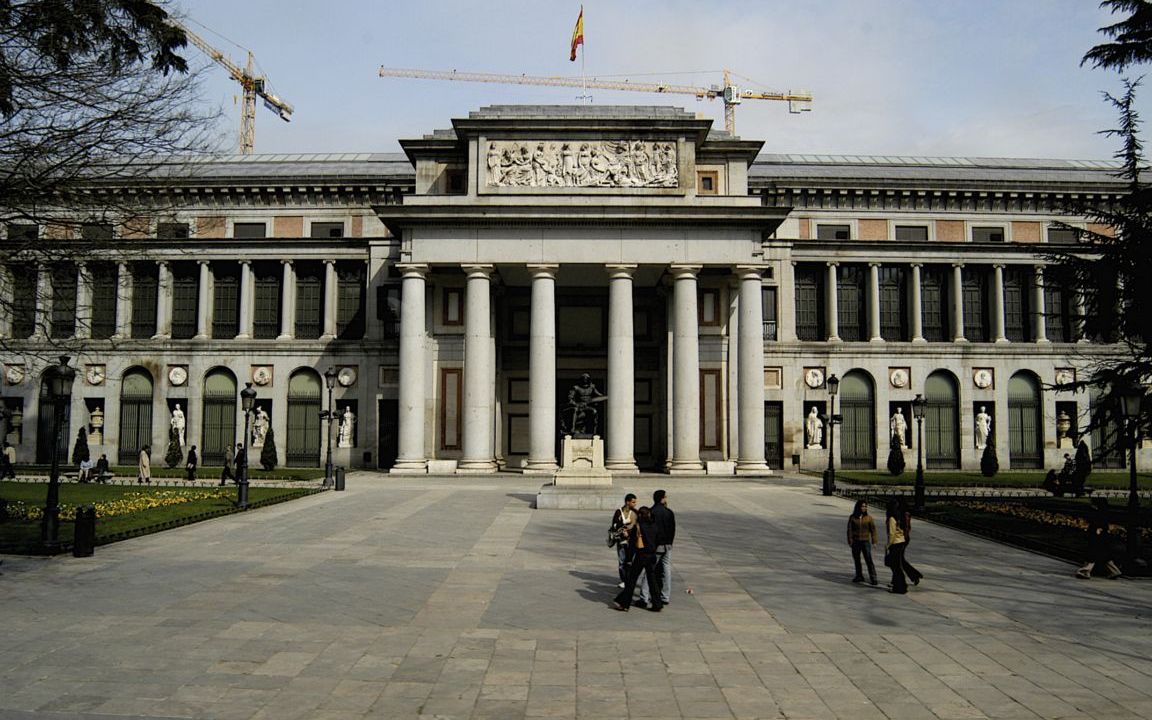
Juan de Villanueva, El Prado Museum, Madrid, Spain (1785)
![]()
Neo-Classical or Greek Revival Architecture
in
North America
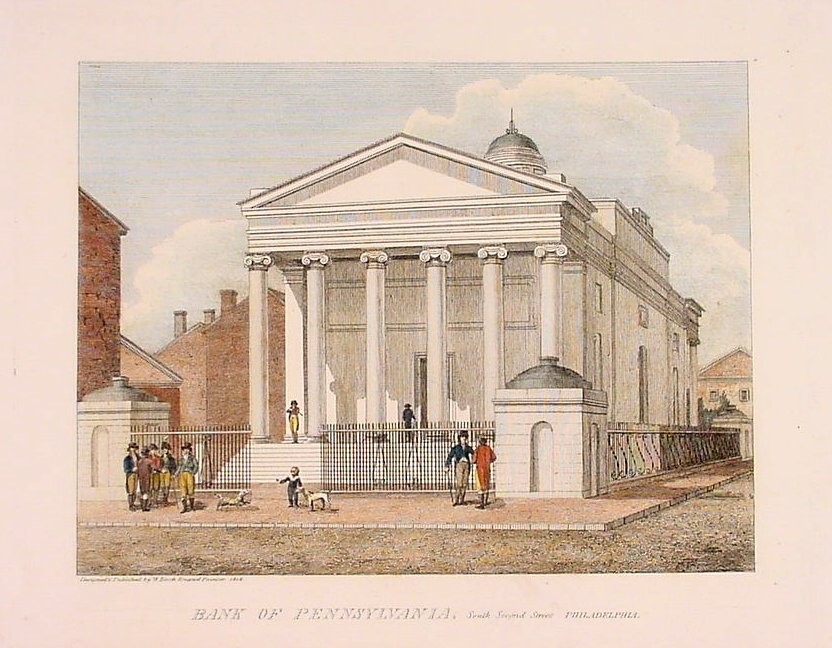
Benjamin Henry Latrobe (1764-1820), Bank of Pennsylvania (1780)
![]()
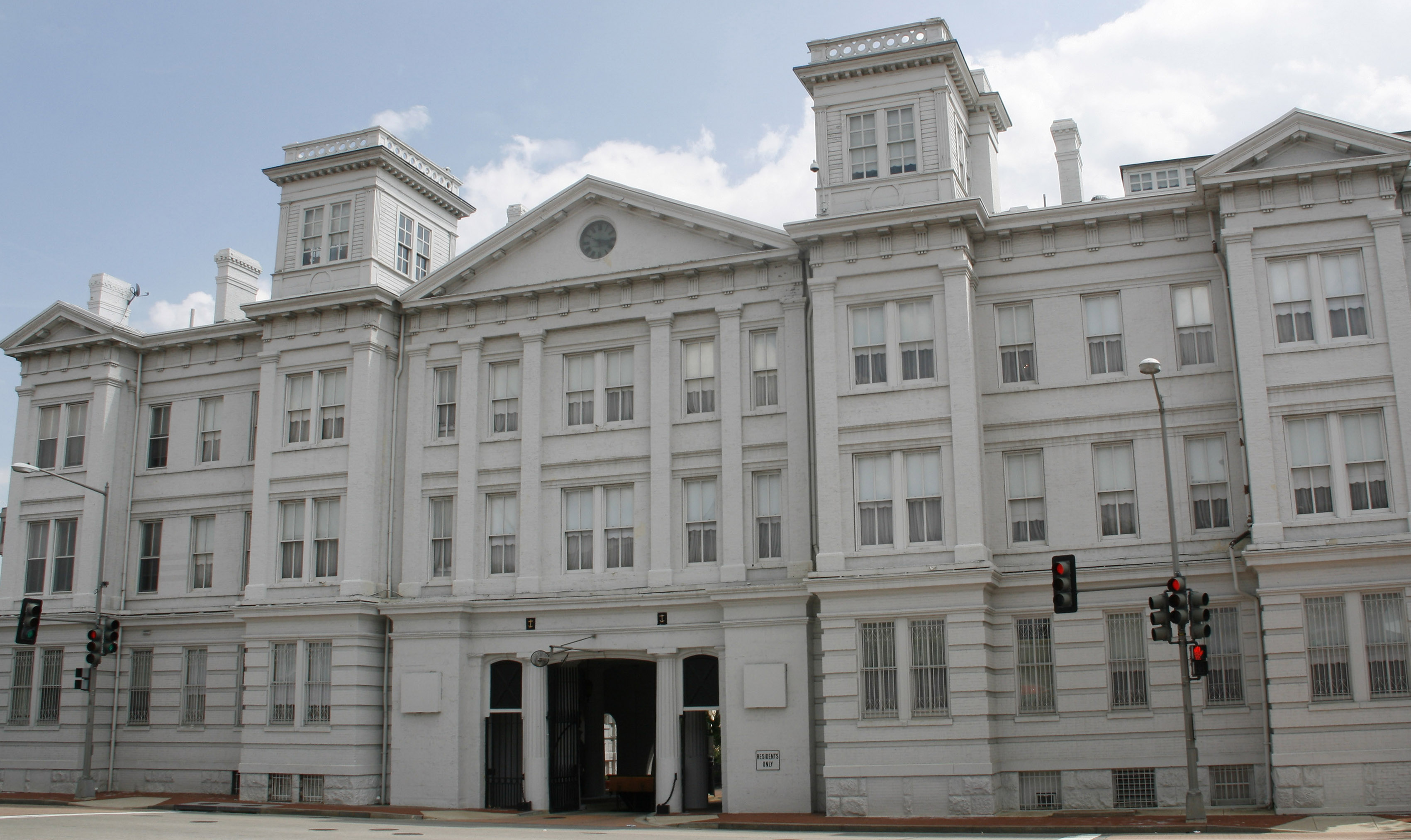
Benjamin Henry Latrobe (1764-1820), Latrobe Gate, Washington Navy Yard (1806, 1881)
![]()
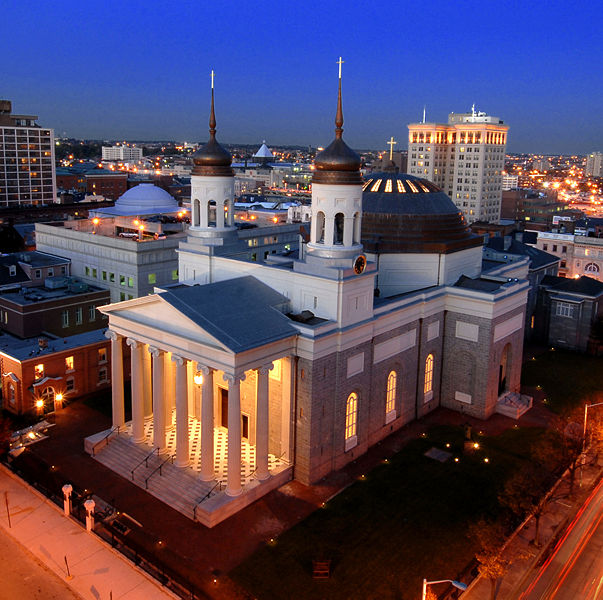
Latrobe, Baltimore Basilica (1806-1820)
![]()
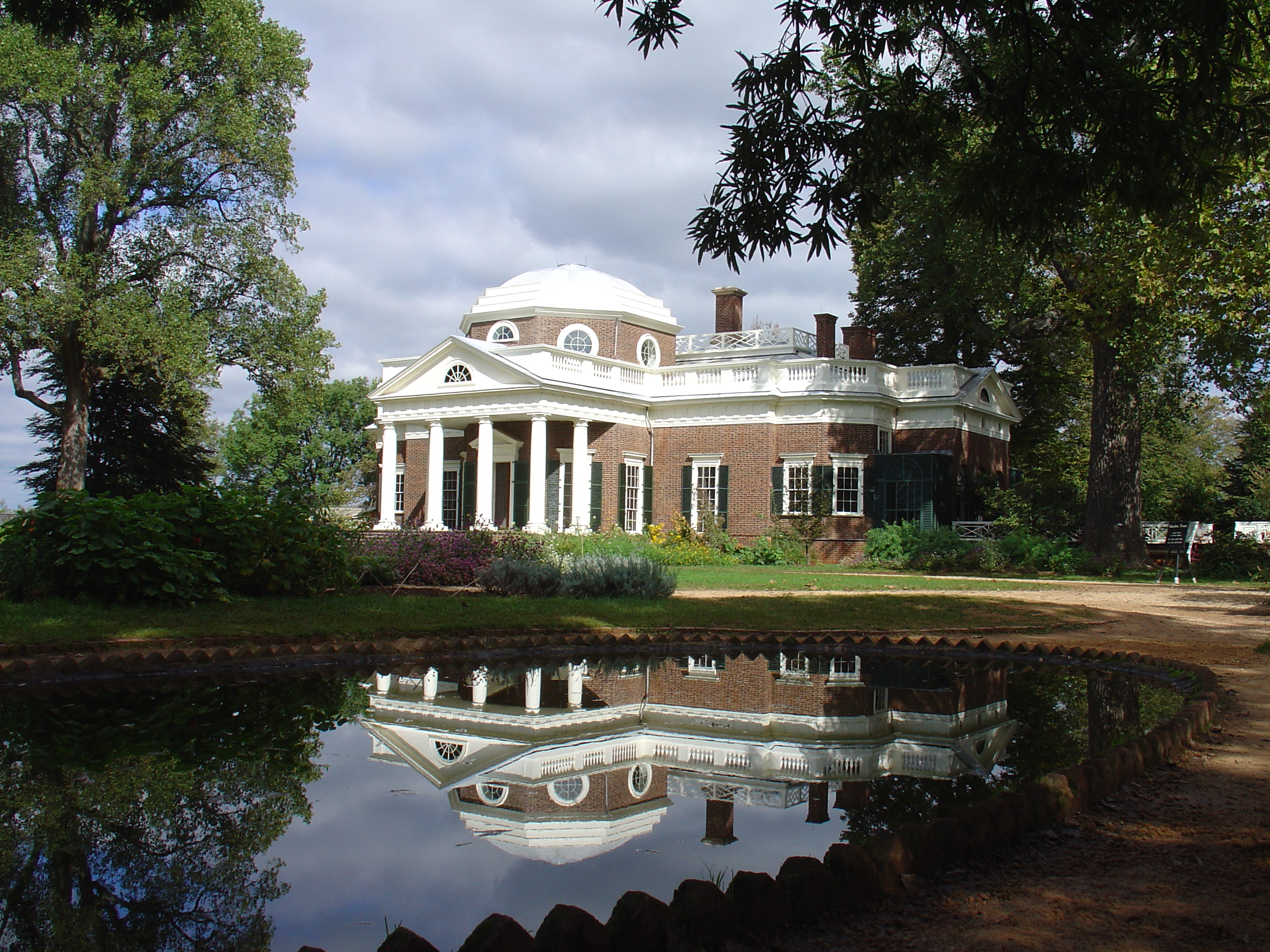
Thomas Jefferson (1743-1826), Monticello (early 1800s) (Palladian style)
![]()
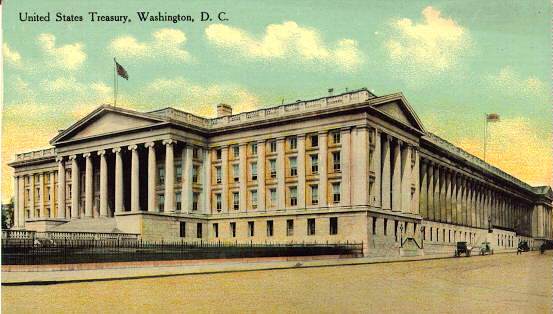
Robert Mills (1781-1855), U.S. Treasury Building (1839-69)
![]()
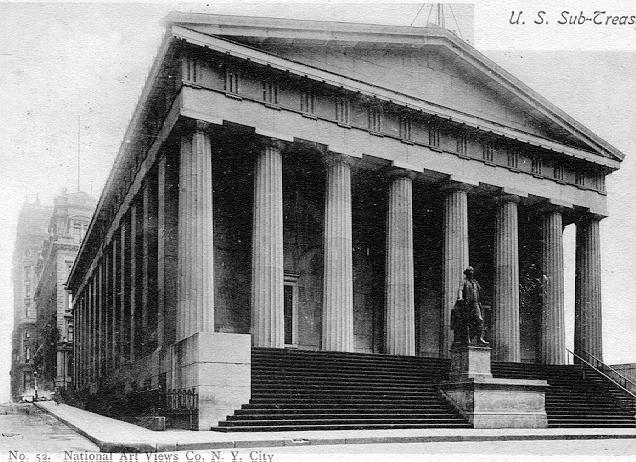
Town, Davis, & Frazee, New York Custom House (1833-42)
![]()
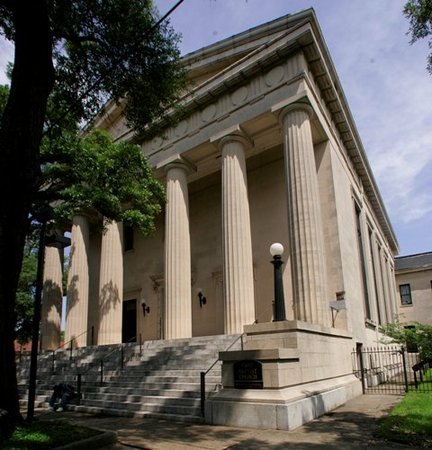
First Baptist Church, Mobile, Alabama
![]()
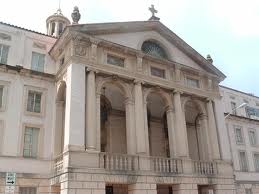
Central Baptist Church, Miami FL
![]()
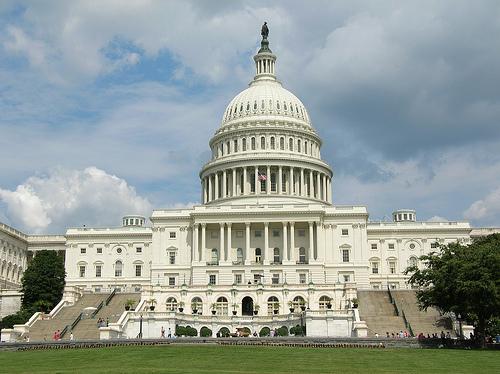
U.S. Capitol (1800s-present)
![]()

John Russell Pope (1874-1937), Thomas Jefferson
Memorial (1939-43)


